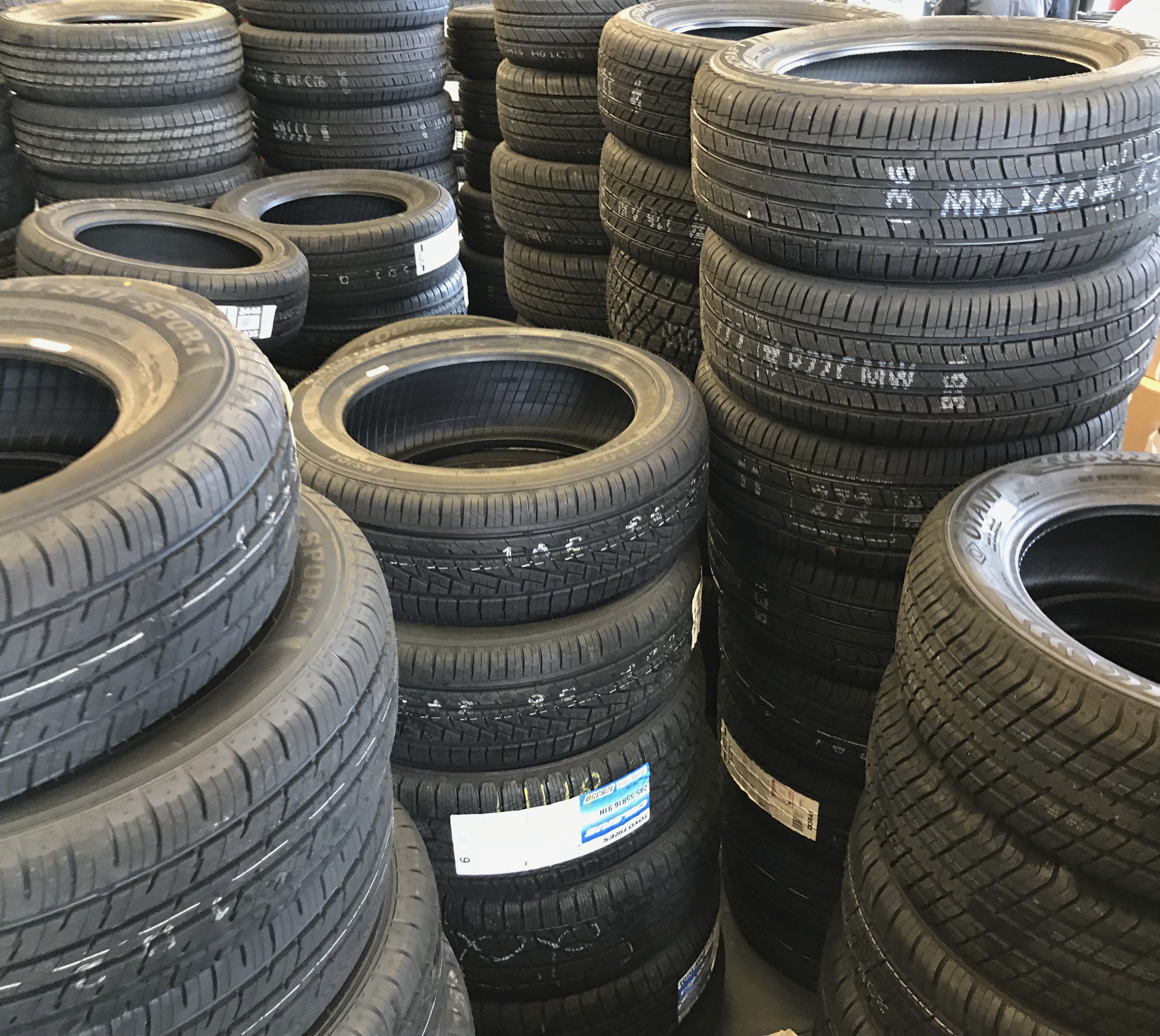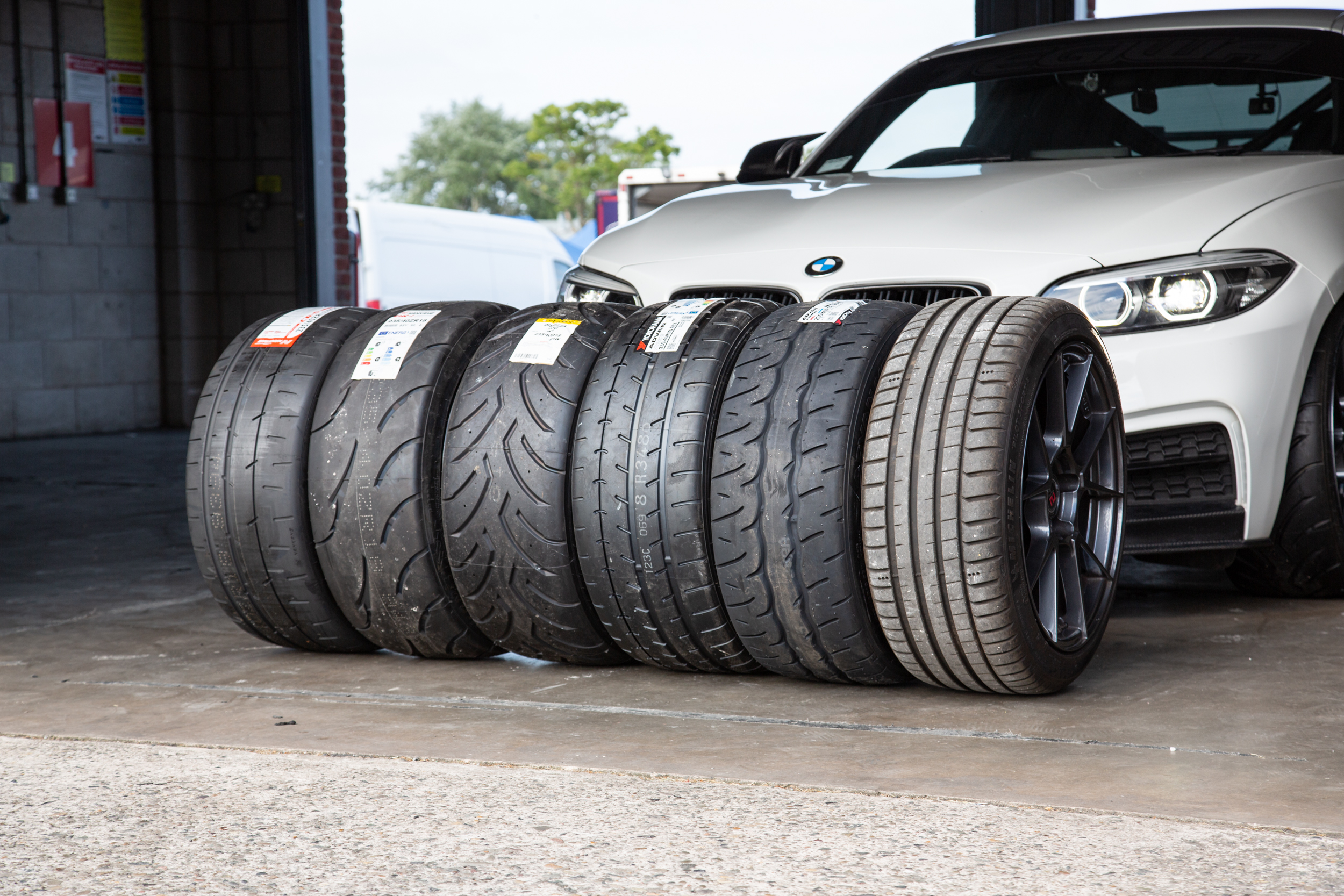All Categories
Featured
Table of Contents
The Michelin offered a comfortable driving experience, characterised by responsive guiding and a progressive understeer equilibrium. Regardless of the cooler testing conditions, Michelin's regular time and grasp over three laps suggests its viability for real-world applications.
An additional notable aspect was Yokohama's workout time. The tyre's first lap was a second slower than the second, indicating a temperature-related grasp increase. This suggests the Yokohama may beam in dry, race-like problems. Nevertheless, for everyday usage, the Michelin could be a much safer wager. Next off in line was the Hankook.
Leading Tyre Upgrades Near Me – Wangara
It shared Michelin's risk-free understeer balance however did not have the latter's readiness to turn. Continental and Goodyear's efficiencies were significant, with Continental's new PremiumContact 7 revealing a significant enhancement in wet conditions contrasted to its precursor, the PC6. This version was far less sensitive to pack changes and behaved a lot like the Michelin, albeit with slightly much less interaction at the limitation.
It integrated the secure understeer equilibrium of the Michelin and Continental with some stylish handling, verifying both predictable and quick. As an all-rounder for this Golf GTI, Goodyear's Uneven variety was the standout, showing outstanding efficiency in the damp. Finally, the Bridgestone Potenza Sport took the crown as the fastest tyre, albeit by a little margin.
This tyre got grippier as it heated up, comparable to the Yokohama. Chauffeurs looking for an interesting wet drive could find this tire worth considering. The standout performer in wet braking was the latest tyre on examination, the PremiumContact 7, though the results are nuanced. We conducted damp stopping tests in 3 various ways, two times at the brand-new state and as soon as at the used state.
Trusted Performance Tyres
Ideally, we wanted the cold temperature level test to be at around 5-7C, but logistical delays implied we checked with an ordinary air temperature level of 8C and water at 12C. While this was cooler than conventional test problems, it was still warmer than real-world conditions. The warm temperature test was done at an average of 18C air and 19C water.
The 3rd run involved wet braking examinations on worn tires, especially those machined down to 2mm with a small confrontation. While we planned to do even more with these worn tyres, weather restraints limited our testing. However, it deserves keeping in mind that damp stopping is most essential at the worn state, as tires normally boost in completely dry conditions as they use.

It shared the most significant performance drop, along with the Yokohama, when used. Bridgestone, Goodyear, and Michelin saw the least performance reduction when used. Bridgestone and Goodyear's performance dipped in cooler conditions. The Hankook tire registered the tiniest efficiency decrease as temperature levels cooled down, but it was amongst the most influenced when put on.
Reliable Wheel Alignment Near Me
The take-home message below is that no solitary tire stood out in all facets of wet braking, showing a complex interaction of elements influencing tire performance under different problems. There was a standout tire in aquaplaning, the Continental finished top in both straight and rounded aquaplaning, with the Michelin and Goodyear additionally great in deeper water.

Yokohama might gain from somewhat more hold, a problem possibly affected by the cooler problems. As for taking care of, all tyres performed within a 2% array on the lap, demonstrating their high-quality efficiency (Tyre safety checks). Thinking about these tyres essentially target the same client, it's intriguing to observe the significant differences in feel.
The surprise is since the PremiumContact 6 was among my favourites for sporty dry drives, but its follower, the PremiumContact 7, appears more mature and appears like Michelin's efficiency. Among these, Hankook was the least accurate in guiding and interaction at the limitation. Car tyre fitting. Both Michelin and Continental provided lovely first guiding, albeit not the fastest
If I were to suggest a tire for a quick lap to an amateur, state my dad, it would certainly be just one of these. Then we have the 'enjoyable' tyres, particularly Yokohama and Bridgestone. Both were swift to guide and felt sportier than the others, but the trade-off is a more spirited back side, making them extra challenging to manage.
Reliable Budget Car Tyres Near Me ( Wanneroo)
It provided comparable steering to Bridgestone yet supplied better feedback at the limitation and far better grip. The Bridgestone Potenza Sport, however, appeared to deteriorate fairly quickly after just 3 laps on this demanding circuit. Finally, there's Goodyear, which placed itself somewhere in between the enjoyable tires and those having a tendency in the direction of understeer.
Altogether, these tires are excellent performers. For roadway usage, I would certainly lean in the direction of either the Michelin or Goodyear, relying on your details preferences. In terms of tyre wear, the method used in this test is what the market describes as the 'gold standard' of wear. The wear experts at Dekra performed this test, which involved a convoy of autos going across a meticulously intended path for 12,000 kilometres.
Both the Bridgestone and Yokohama tyres significantly underperformed in comparison to the other four tyres in regards to rolling resistance, with Continental somewhat outmatching the remainder. Concerning the convenience degree of the tires, as prepared for, many showed an inverse relationship with handling. The Continental, Michelin, and Goodyear tires executed best across numerous surface kinds evaluated.

Bridgestone began to reveal indicators of firmness, while Yokohama was specifically disconcerting over gaps. We did determine interior noise degrees; however, as is often the instance, the results were closely matched, and because of weather restrictions, we were not able to carry out a subjective evaluation of the tires sound. Lastly, we considered abrasion numbers, which gauge the amount of tyre step lost per kilometre, normalised to a one-tonne lorry.
Trusted Tyre Upgrades
This number stands for the amount of rubber dust your tyres create while driving. Michelin led in this classification, creating over 9% much less rubber particulate issue. On the other hand, Hankook created 32% even more. This is a facet I believe the market should concentrate on even more in the future, and it's something Michelin is supporting.
Latest Posts
Honest Tyre Sales Near Me
Best Tyre Rotation Services Near Me
Cost-effective Car Tyres Near Me (Embleton WA)